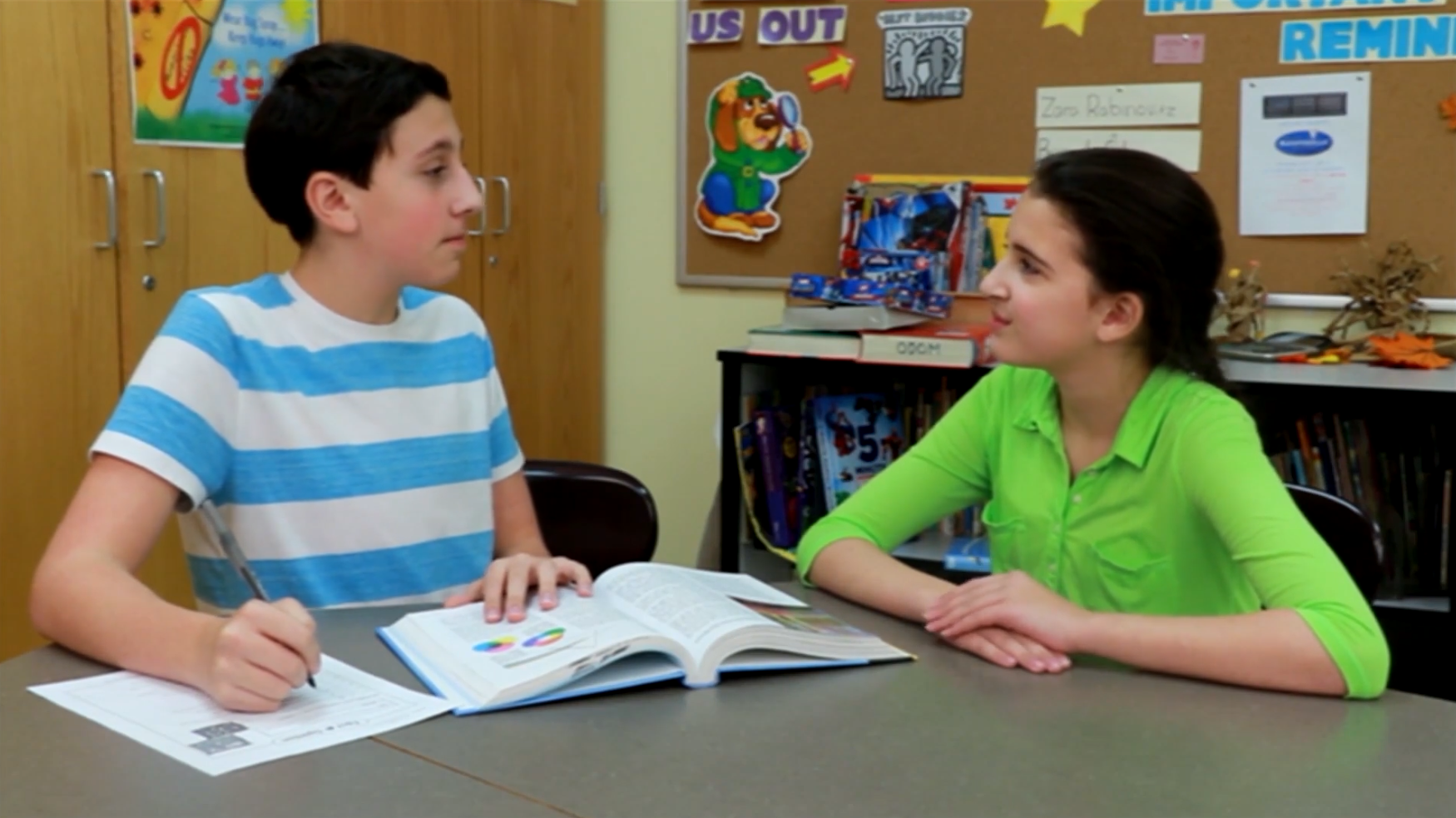Introduction
Effective communication is a vital skill that helps students navigate social situations with ease. By incorporating principles of Social-Emotional Learning (SEL), educators can empower students to communicate clearly, respectfully, and confidently. This blog post will discuss an engaging no-prep activity for educators, along with discussion questions, related skills, and next steps to help students better understand the nuances of effective communication.
No-Prep Activity: The Name Game
This simple yet effective activity requires no preparation or materials from the educator, making it an ideal choice for any classroom setting. The Name Game aims to teach students the importance of getting someone’s attention before starting a conversation.
- Ask students to sit in a circle or at their desks, facing each other.
- Explain that they will practice getting each other’s attention by saying the person’s name and waiting for eye contact before speaking.
- Begin by demonstrating the activity with one student. Call their name and wait for them to make eye contact before asking a simple question, such as “What is your favorite color?”
- Encourage the student to respond and then choose another person in the circle to practice the skill with, continuing until everyone has had a turn.
- After the activity, discuss the importance of getting someone’s attention and making eye contact before engaging in conversation.
Discussion Questions
To stimulate further discussions and deepen understanding of effective communication, consider these questions:
- Why is it important to get someone’s attention before starting a conversation?
- How does making eye contact contribute to effective communication?
- What are some other ways to get someone’s attention respectfully?
- How do you feel when someone does not get your attention before speaking to you?
- Can you think of a situation where using these skills would be particularly helpful?
Related Skills
Alongside getting someone’s attention and making eye contact, students can benefit from learning other related skills that contribute to effective communication. These skills include:
- Active listening: Ensuring that students understand the importance of truly hearing and processing what someone else is saying.
- Empathy: Encouraging students to put themselves in someone else’s shoes, helping them better understand and respond to others’ emotions and perspectives.
- Nonverbal communication: Teaching students about body language, facial expressions, and gestures that can convey meaning without using words.
- Assertiveness: Helping students express their needs, feelings, and opinions in a confident and respectful manner.
Next Steps
If you’re interested in exploring more activities and resources to help students develop effective communication skills and other aspects of Social-Emotional Learning, we encourage you to sign up for free samples of our materials. These resources can help you create engaging, supportive, and inclusive learning environments where students can thrive and build lasting connections.






